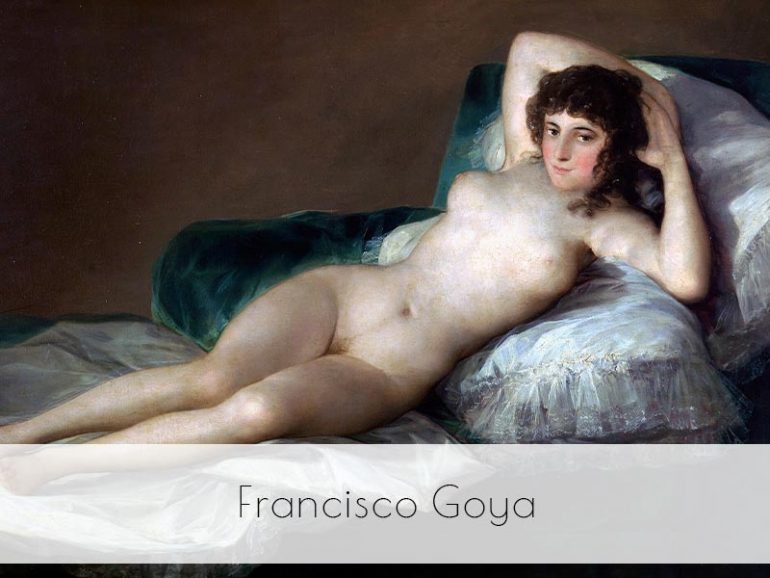Francisco Goya, a titan of Spanish art, stands as a testament to the transformative power of creativity amidst tumultuous times. Born in 1746 in Fuendetodos, Spain, Goya’s artistic journey traversed the late Baroque, Rococo, and Romantic periods. His work not only captured the essence of his era but also laid the groundwork for modern artistic expression. Goya’s oeuvre reflects a profound exploration of human emotion, social commentary, and the depths of the human psyche. His unparalleled skill and unyielding commitment to his craft have immortalized him as one of the greatest artists in history.
Goya drew inspiration from a myriad of sources, including his own life experiences, the socio-political landscape of Spain, literature, mythology, and the works of his contemporaries. His keen observation of human nature, coupled with a relentless curiosity, fuelled his creativity and enabled him to produce art that resonates across generations.
The legacy of Francisco Goya lives on in museums and galleries worldwide. Some of the most notable collections of his work can be found in the Prado Museum in Madrid, the Museo Nacional de Bellas Artes in Buenos Aires, and the Metropolitan Museum of Art in New York City. These institutions offer a comprehensive glimpse into Goya’s evolution as an artist and the enduring impact of his revolutionary vision.
“The Third of May 1808” (1814): This iconic painting depicts the brutal execution of Spanish civilians by French soldiers during the Peninsular War. Goya’s masterful use of light and shadow creates a harrowing tableau of human suffering and resistance. The central figure, bathed in light and raising his arms in defiance, serves as a symbol of martyrdom and defiance against tyranny.
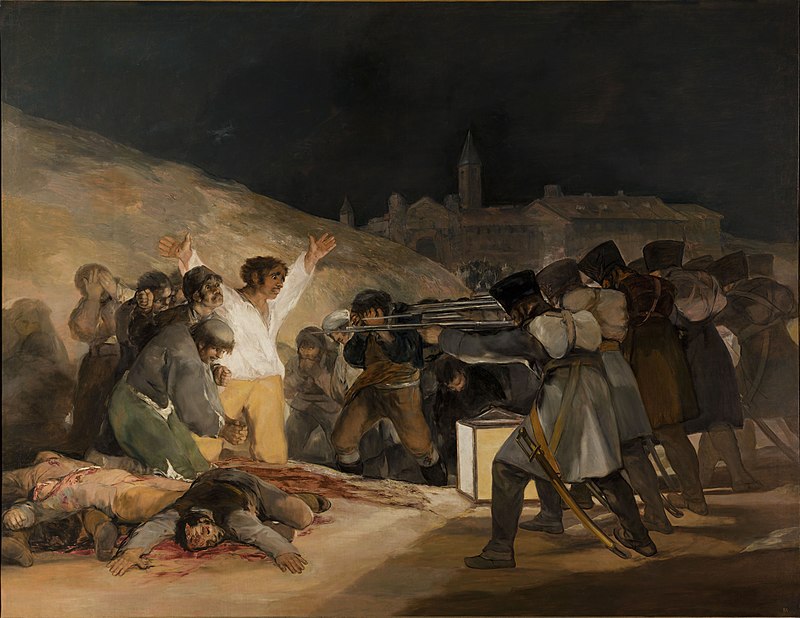
“Saturn Devouring His Son” (1819-1823): One of Goya’s most chilling works, this haunting depiction of the Titan Saturn consuming his offspring is a visceral exploration of power, madness, and mortality. Rendered with visceral intensity, the painting reflects Goya’s own disillusionment with the brutality of human nature and the destructive forces of war.
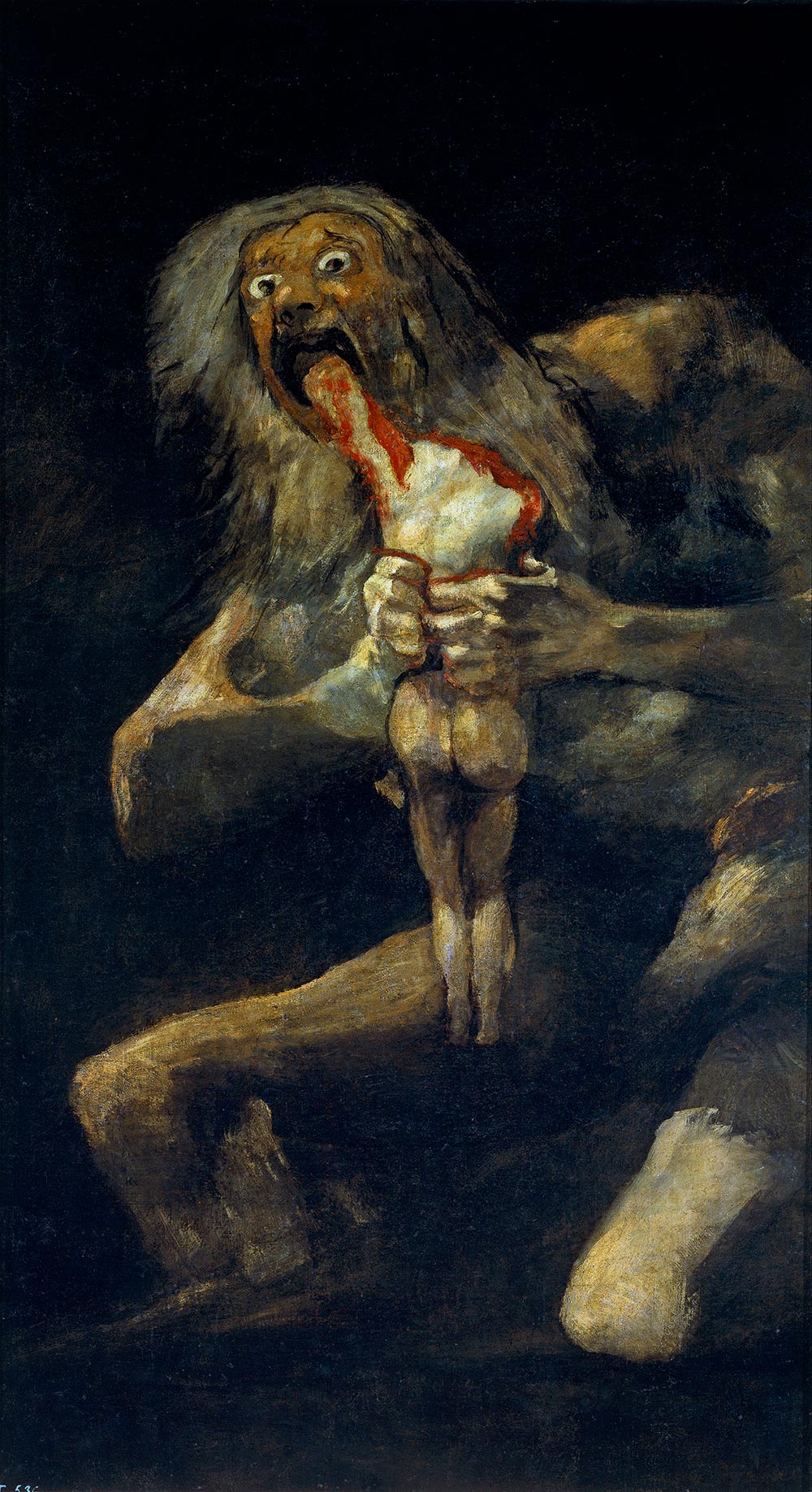
“The Sleep of Reason Produces Monsters” (1799): In this etching from Goya’s famous series “Los Caprichos,” the artist explores the realm of dreams and nightmares. A self-portrait of Goya slumbers amidst a menagerie of fantastical creatures, symbolizing the chaos that ensues when reason is eclipsed by irrationality. The work serves as a cautionary tale against the dangers of succumbing to superstition and ignorance.
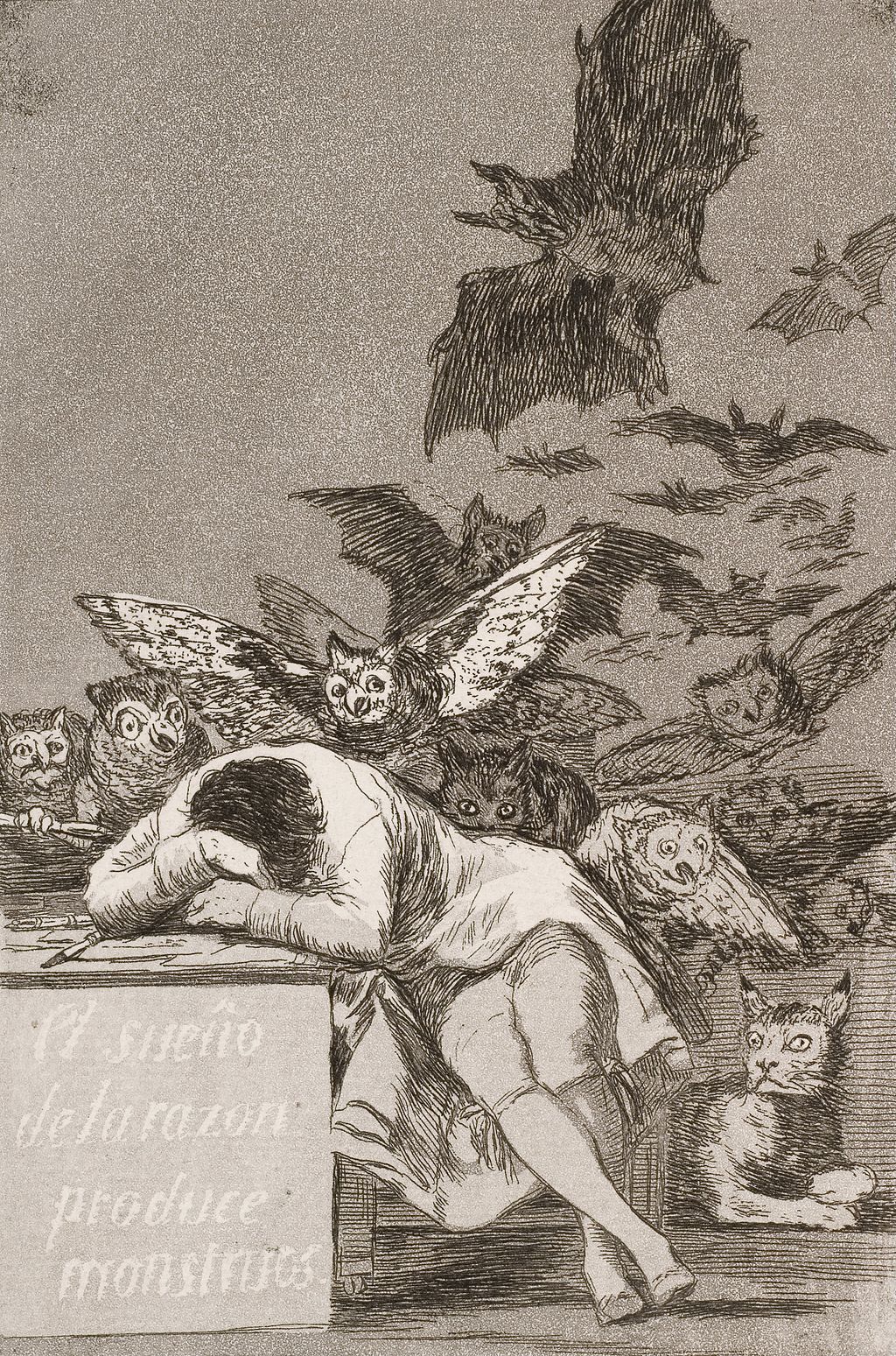
“The Nude Maja” (circa 1797-1800): A provocative and controversial work, “The Nude Maja” depicts a reclining female nude with unabashed sensuality. Commissioned by an unknown patron, the painting challenges traditional notions of female beauty and propriety, making it a ground breaking piece in the history of Western art. Goya’s meticulous attention to form and expression imbues the figure with a sense of vitality and allure that continues to captivate viewers to this day.
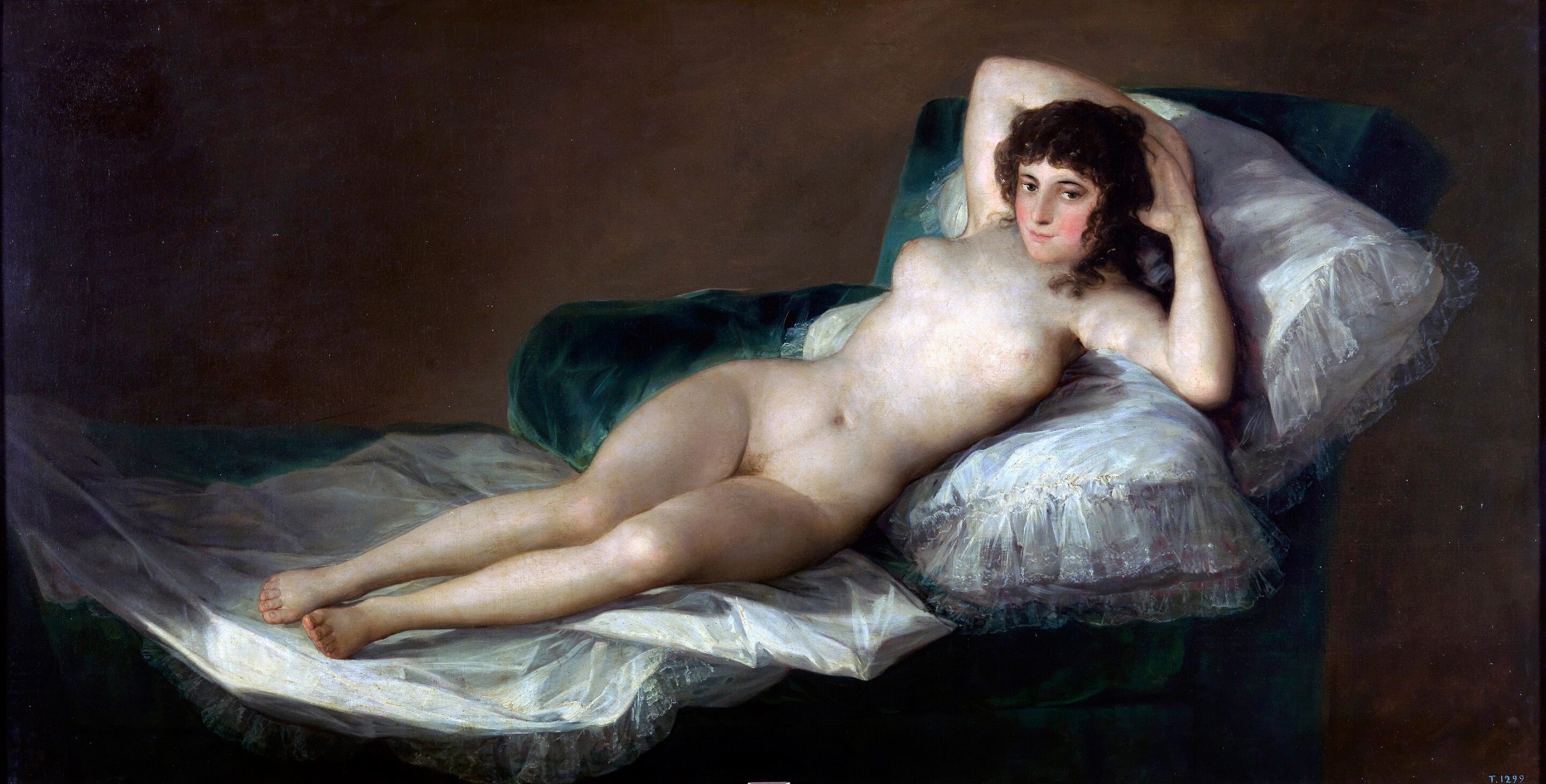
Francisco Goya’s artistic legacy transcends mere paint and canvas, offering a profound meditation on the human condition and the complexities of the world in which we live. His ability to confront the darkest aspects of humanity with unwavering honesty and empathy continues to inspire artists and audiences alike, cementing his place as a true visionary of the art world. Aspiring artists would do well to study Goya’s work not only for its technical brilliance but also for its enduring relevance and capacity to provoke thought and introspections.
If you would like to receive a roundup of all of our blog posts once a week to keep you inspired in your inbox, why not sign up to our newsletter. You can access our sign up at the top of our page. If you are a London Art College student and you would like your artwork featured here, drop us a line at any time.

